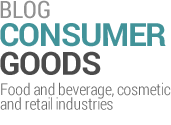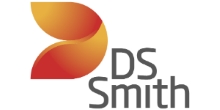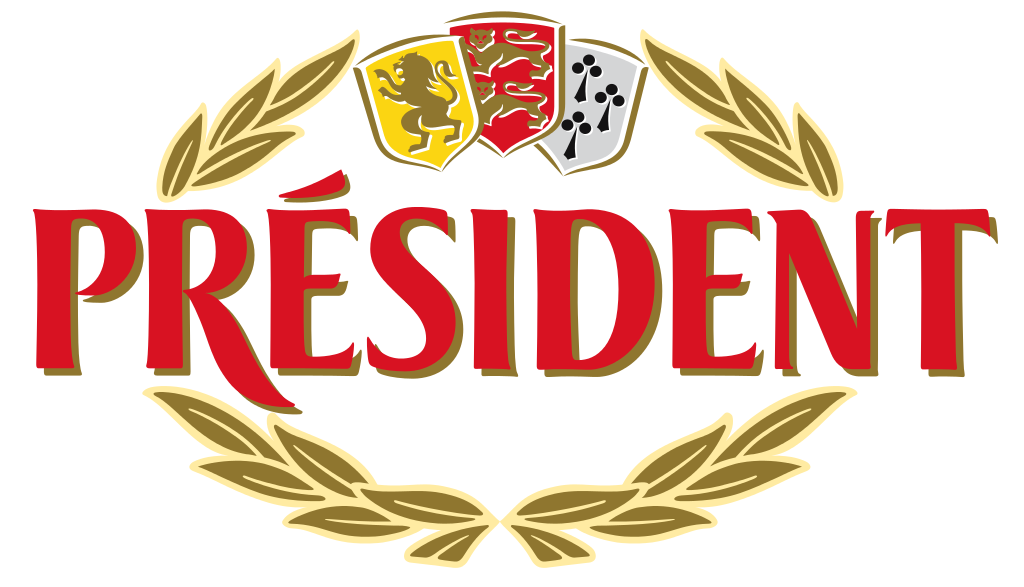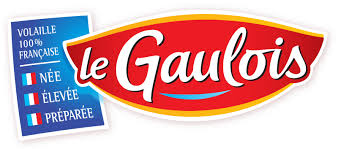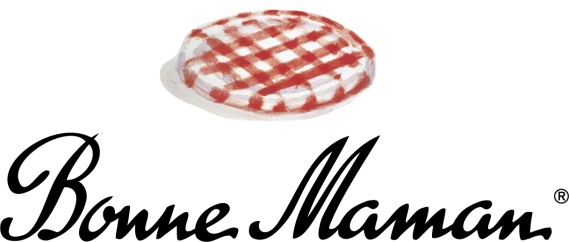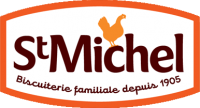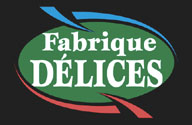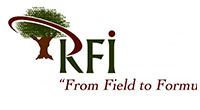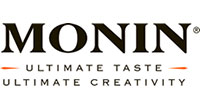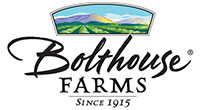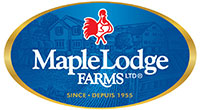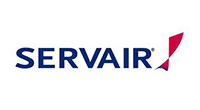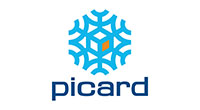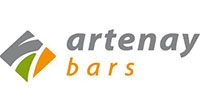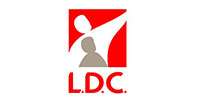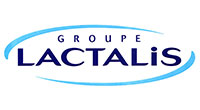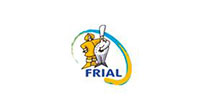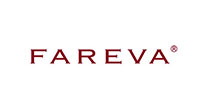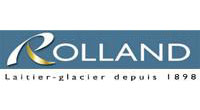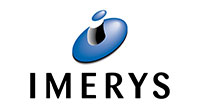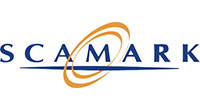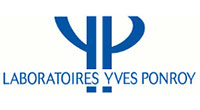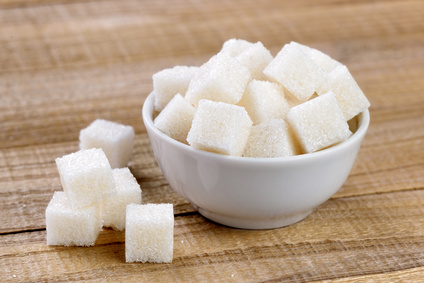
A recent WHO survey shows that 16 million people are dying of non genetic disease such as diabetes, cancer or heart disease each year. These diseases are due to a non-healthy lifestyle including high sugar and fat consumption.
Obesity and cavity issues
Some experts believe sugar rather than fat contributes most to the obesity epidemic. According to the U.S. Dietary Guidelines Advisory Committee, half of all American adults – 117 million individuals – have one or more preventable, chronic diseases, and that about two-thirds of U.S. adults – nearly 155 million individuals – are overweight or obese. Sugar is also responsible for dental cavities, especially for children.
Sugar types
There are two types of sugar. The first type naturally occurs in fruit or milk. The second one consists of added sugar, which includes table sugar (sucrose) as well as concentrated sources like syrups.
WHO recommendations
The new recommendations from the World Health Organisation (WHO) are that only 5% of your daily calorie intake should consist of added or ‘free’ sugars. This equates to approximately six teaspoons (25g) for women and seven teaspoons (35g) for men.
For instance, a can of soft drink contains the equivalent of seven teaspoons of sugar whereas a ready to eat tomato soup can contains the equivalent of 3 tablespoons.
The typical American eats on average the equivalent of about 31 teaspoons (124 grams) of added sugar every day. That sugar alone adds up almost 500 extra calories-about 25% of the average person’s caloric intake.
Many Food and Beverage manufacturers, retailers and food services already use Lascom’s solution to better manage formulation in their NPD process. They can adapt to consumer trends such as consuming less sugar for instance.
Lascom not only provides a unique repository shared by all participants regarding their access rights, providing a “single version of the truth” but also acts as effective formulation software. With the formulation module, R&D teams manage recipes (creation, updates, etc.) automate nutrition facts calculation, generate ingredients statement, allergens and evaluate costs.
The solution calculates directly from the formulation tool which nutrition claims the manufacturers and food service companies can or cannot display. It also provides the amount of nutrient on which the claim applies. Marketing teams can choose claims to display in full knowledge of facts, before sending a packaging brief to the packaging supplier for proof design. It considerably eases R&D and quality team daily tasks.
To learn more about our formulation software and improve labeling management, click here
